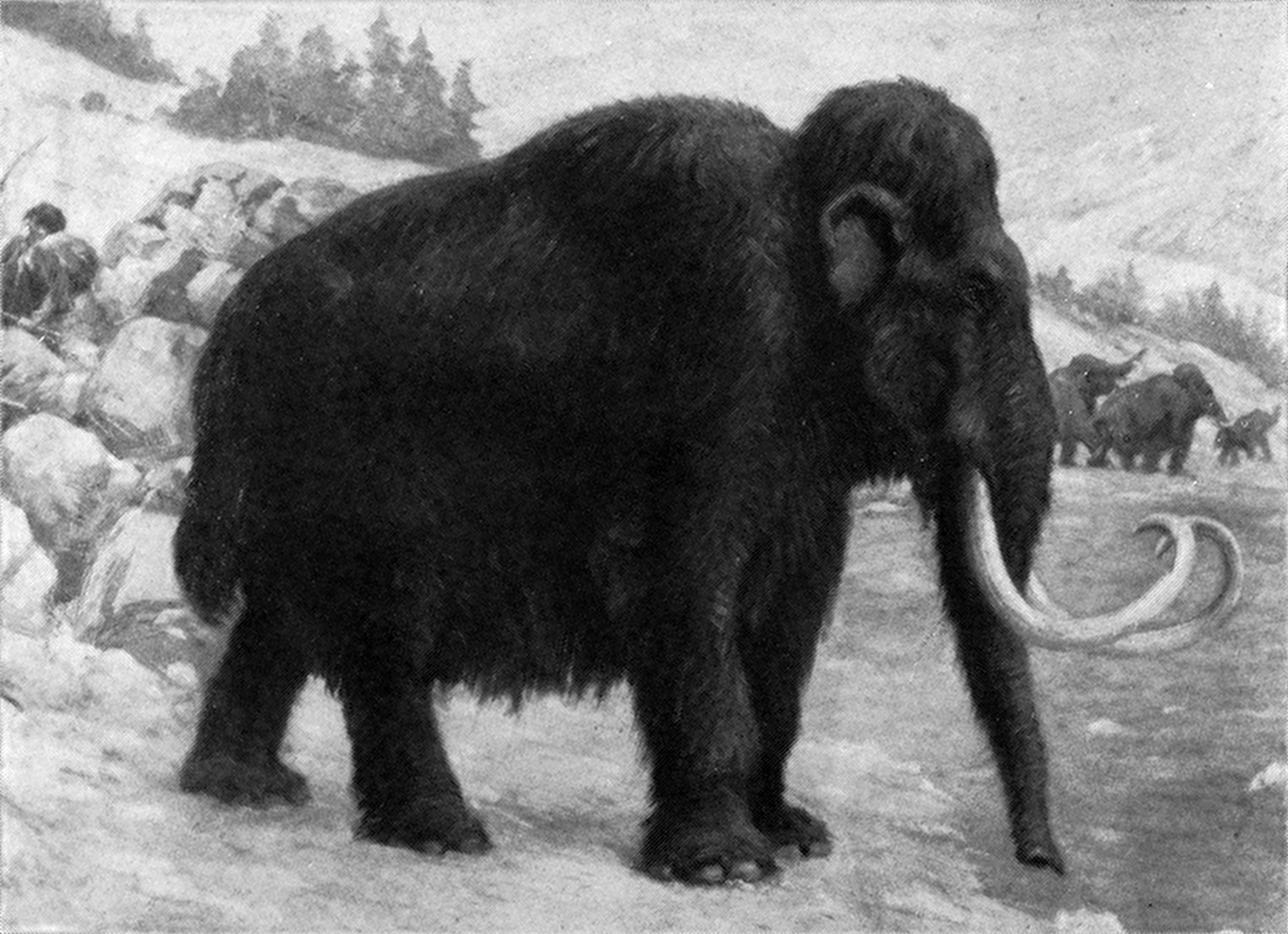Jurassic Park Be Damned – A Biotech Startup Wants to Bring Back the Woolly Mammoth


Despite what the movies might have you believe, no scientist with a hint of basic ethics would be willing to reanimate the DNA of a massive, extinct carnosaur.
However, there are a bunch of them who want to bring a more docile, huggable and environmentally beneficial extinct creature to our modern age. And they say they’ve got the technology, know-how and money to do it.
Colossal Laboratories and Biosciences, a Dallas-based biotech startup launched by genetic engineer and chief science officer Dr. George Church and Hypergiant CEO Ben Lamm, claims on its website, “We have the DNA, the technology and the leading experts in the field. Next we will have the woolly mammoth alive again” by 2027.
Colossal’s “de-extinction” project to resurrect the long-lost woolly mammoth, which disappeared about 4,000 years ago, isn’t just a selfish gesture to play God. They company has thought of the “should” and the “could” question that Ian Malcolm vehemently asked John Hammond in the first Jurassic Park movie.
Beyond resurrecting an extinct species in the name of science, Colossal wants to reintroduce the gigantic Ice Age elephant to our ecosystem in order to save it. Among the startup’s core goals besides bringing back the Woolly Mammoth are to “decelerate melting of the Arctic permafrost,” “prevent the emission of greenhouse gases trapped within the permafrost layer” and “revert now-overshrubbed forests back into natural arctic grasslands, which help with carbon emissions,” according to Colossal’s website.
The lab claims that the extinction of the Woolly Mammoth caused the loss of grasslands that could absorb carbon, and this loss is now causing massive, catastrophic climate change. Having Mammoths in these regions grazing the Arctic grasslands by scraping away snow and ice layers to the soil could encourage their growth and make up for the potential loss of vital rainforests and the rise of mossy forests and wetlands.
A 2020 study from the University of Oxford suggests that introducing large herbivores to regions like the Arctic tundra is an economically viable solution to prevent the thawing of permafrost that would release 4.35 billion metric tons of carbon into the atmosphere by the end of the century.
“Thanks to its habitat in the permafrost, tundra and frozen steppe regions, many Mammoths who died never fully decayed — instead staying sealed in ice for later discovery.” – Colossal Laboratories
tweet this
“Greater biodiversity and healthier ice reserves provide evidence that the Earth was in a far better environmental state at the time of the Woolly Mammoth,” the website says. “Without human intervention, there was no artificial pollution, no land degradation resulting from a mass expansion of destructive agriculture practices, natural resources still in abundance, an absence of overhunting, overfishing, poaching and more.
“A key factor was also the presence of a thriving Mammoth Steppe, comprised of flourishing arctic and tundra regions. These landscapes were vast and responsible for playing a balancing role in the planet’s overall state.”
So that sounds great and all, but how exactly are they gonna bring back the Woolly Mammoth? Colossal says the Mammoth DNA has been “preserved remarkably well, even across millennia.”
“Thanks to its habitat in the permafrost, tundra and frozen steppe regions, many Mammoths who died never fully decayed — instead staying sealed in ice for later discovery,” according to the website. “Thus the tissue samples collected contain intact DNA, undigested food in Mammoth stomachs, fur, tusks and more.”
The company says its ability to bring back the Woolly Mammoth isn’t a question of how but when. Because the Woolly Mammoth’s DNA is a 99.6 percent match with the Asian elephant and there are so many well-preserved samples of the Woolly Mammoth to work from, teams are editing the gene mapping to bring the creature back to life. This will allow them to create a Woolly Mammoth embryo to be placed in a surrogate African elephant, which will give birth to the first of the extinct species.
According to a previous Colossal announcement, scientists are using a revolutionary gene-editing technology developed in 2012 called CRISPR (Clustered regularly interspaced short palindromic repeats) that can be programmed to look for specific strands of genetic code and edit its DNA.
CRISPR is being studied for use in treating conditions such as hereditary diseases, viral infections and HIV.
We reached out to Colossal for further statements but none were received by presstime, and that’s probably a good thing. The to-do list for bringing the Woolly Mammoth from the dead must be really long.
[ad_2]
Share this news on your Fb,Twitter and Whatsapp
Times News Network:Latest News Headlines
Times News Network||Health||New York||USA News||Technology||World News